Where there is a need to evacuate unexpectedly due to emergency situations, a “bug out bag” is indispensable to have for one’s survival. Bug out bag is a portable pack containing vital items that will help sustain a person, typically for at least 72 hours, along his journey to a safer destination. A well-prepared emergency survival kit will include the best selection and supply of food to ensure that energy and nutritional needs are met.
Essential foods to pack in a bug out bag must primarily be non-perishable and lightweight. These should include foods rich in calories, protein, and healthy fats such as nuts, seeds, and dried fruits to give the body a boost of energy it needs. Moreover, ready-to-eat meals, dehydrated, and freeze-dried food pouches are excellent choices to add to the bag as they require minimal preparation.
This article discusses the best selection of foods that are necessary to be packed in a bug out bag. These are chosen based on a number of criteria.
Things to Consider When Selecting Bug Out Bag Food
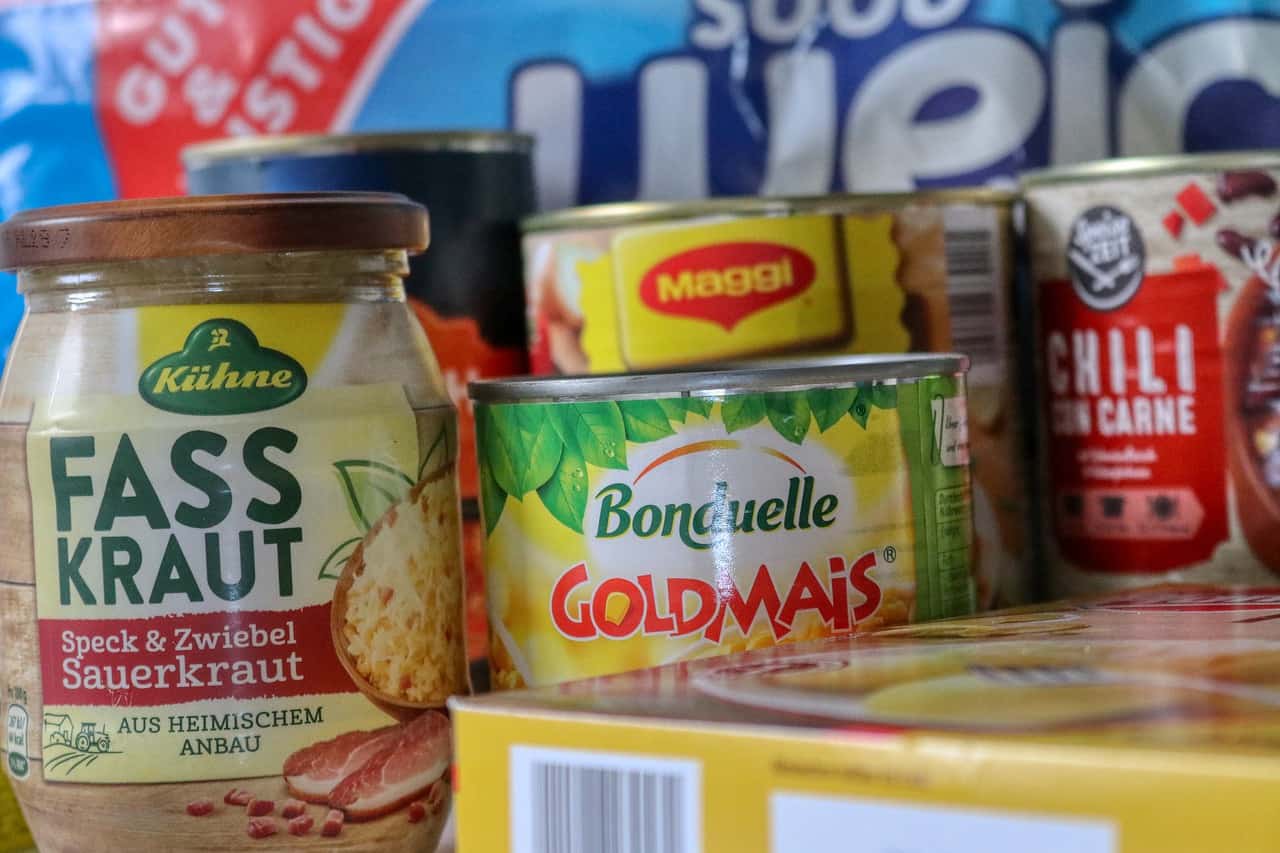
There are tons of options to choose from when stocking up on food. Ultimately, a few considerations will narrow them down to a list of the most essential and practical food items to include in a bug out bag.
-
Nutritional Value
The best emergency survival foods are those rich in proteins and healthy fats. These help in sustaining the body’s energy levels to power it throughout the day, especially in situations requiring the conduct of strenuous activities for longer periods.
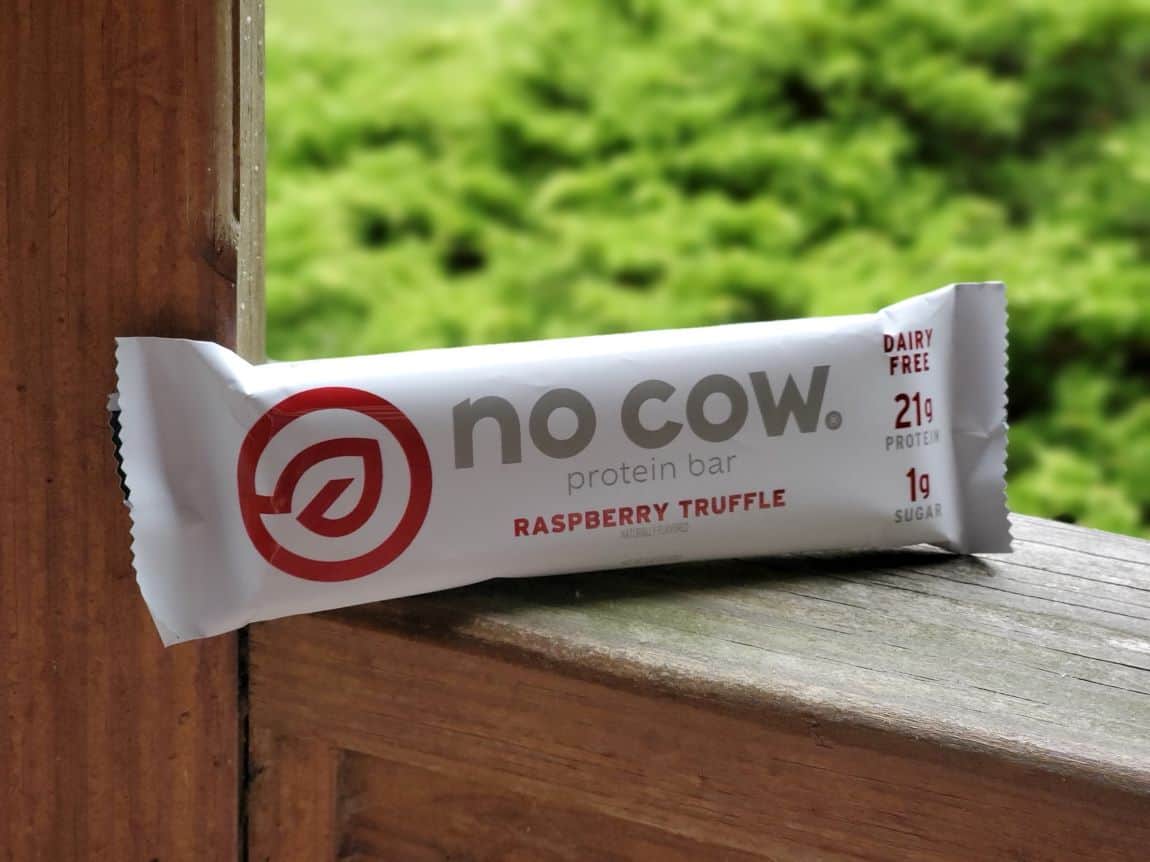
Protein is a vital inclusion in one’s diet. A gram of protein can contain four calories, providing energy to power the body. One of its functions is to help in building and repairing body tissues. It also aids in the storage and transport of nutrients to every part of the body. Adequate protein intake will help the body increase muscle mass and strength.
Fat is an essential macronutrient that acts as energy storage. For a gram of fat, nine calories can be provided, thus it is more calorie-dense than carbohydrates and proteins. Consuming foods rich in healthy fats helps a person feel full for longer.
-
Storage Life
Foods to include in a bug out bag must not spoil easily and have a long storage life. It is recommended that food stocks be rotated every 6 months, at a maximum. Accordingly, foods to be packed in the survival kit must have at least 6 months of shelf life.
Proper care must also be taken with its packaging so that it will not cause the food to spoil quickly. Choose foods that can withstand rough weather conditions or temperature changes.
-
Lightweight
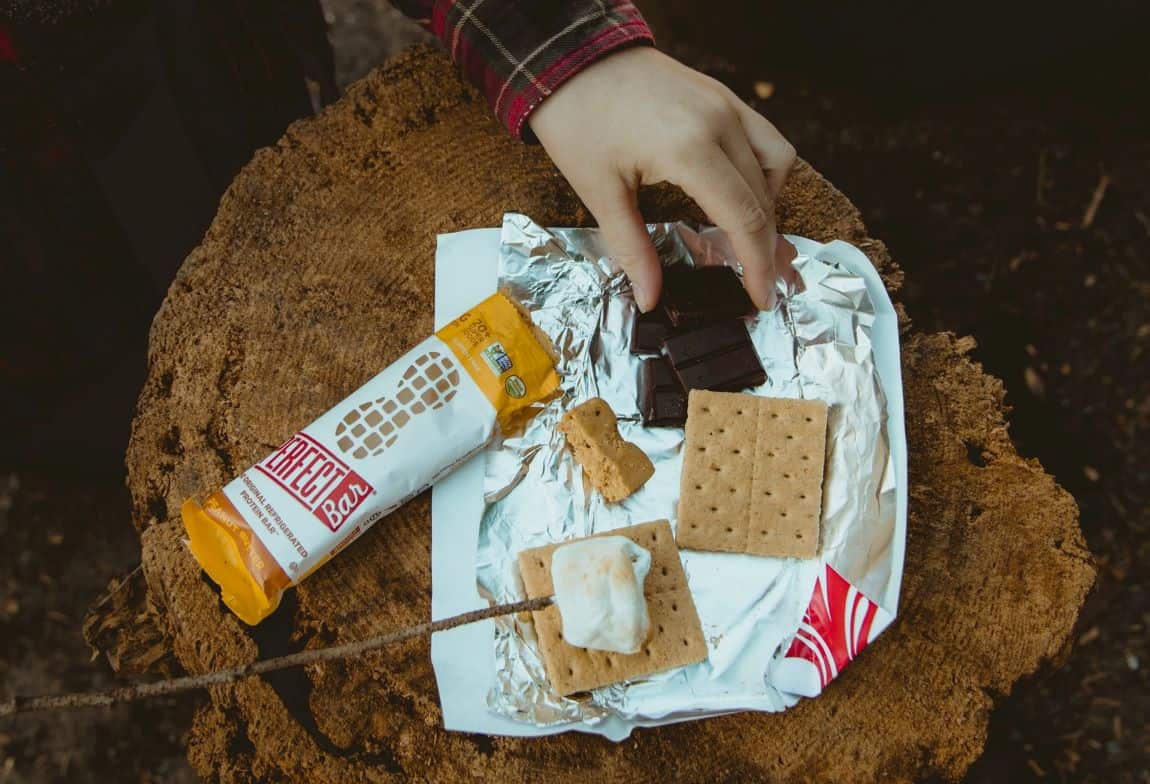
The weight of the bug out bag should be considered as it may have to be carried around for hours and even for days in a row. It is crucial for the bag to be as portable as possible. Thus, foods and other items should practically be lightweight. Foods in packets or pouches are ideal because they can be easily eaten while on the move.
-
Preparation
There might not be an option for setting up a camp or a cooking area along the way, thus it is best to only take foods that can be easily prepared or those that require no cooking at all. Ready-to-eat meals and pre-cooked food pouches are excellent choices to pack in a bug out bag.
Best Food for Bug Out Bag
You are what you eat. Whatever you consume can greatly affect your energy so it’s important to be mindful of the fuel you’re providing your body. Below is a list of the best foods to keep in a bug out bag based on the criteria discussed above. It is essential to include a variety of food to achieve a balanced diet, even under limited resources.
Nuts
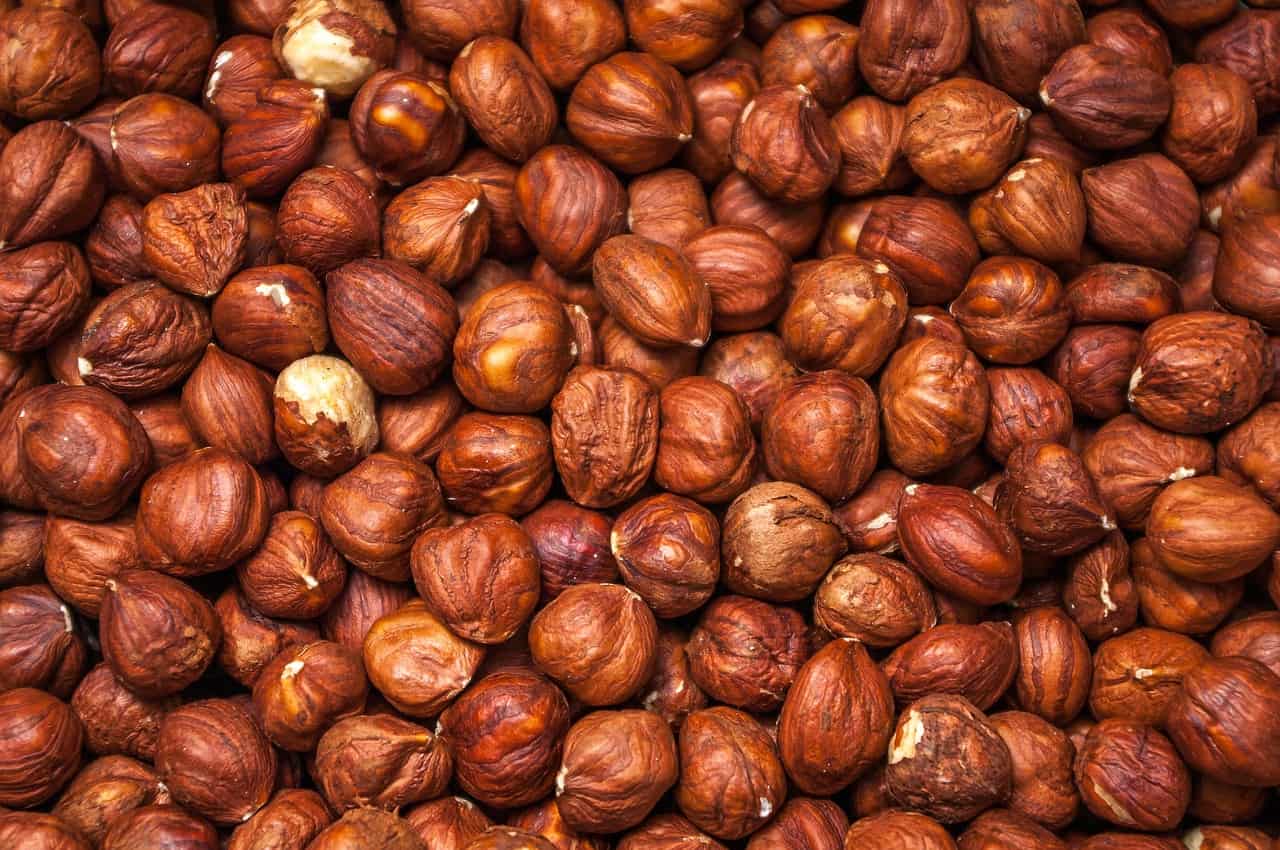
Nuts are high in calories, proteins, fibers, and nutrients. They are energy-dense as they contain healthy fats that can help fuel a person during endurance activities. They are available in packets, are lightweight, store well, and can be easily consumed while on the move.
Peanut Butter
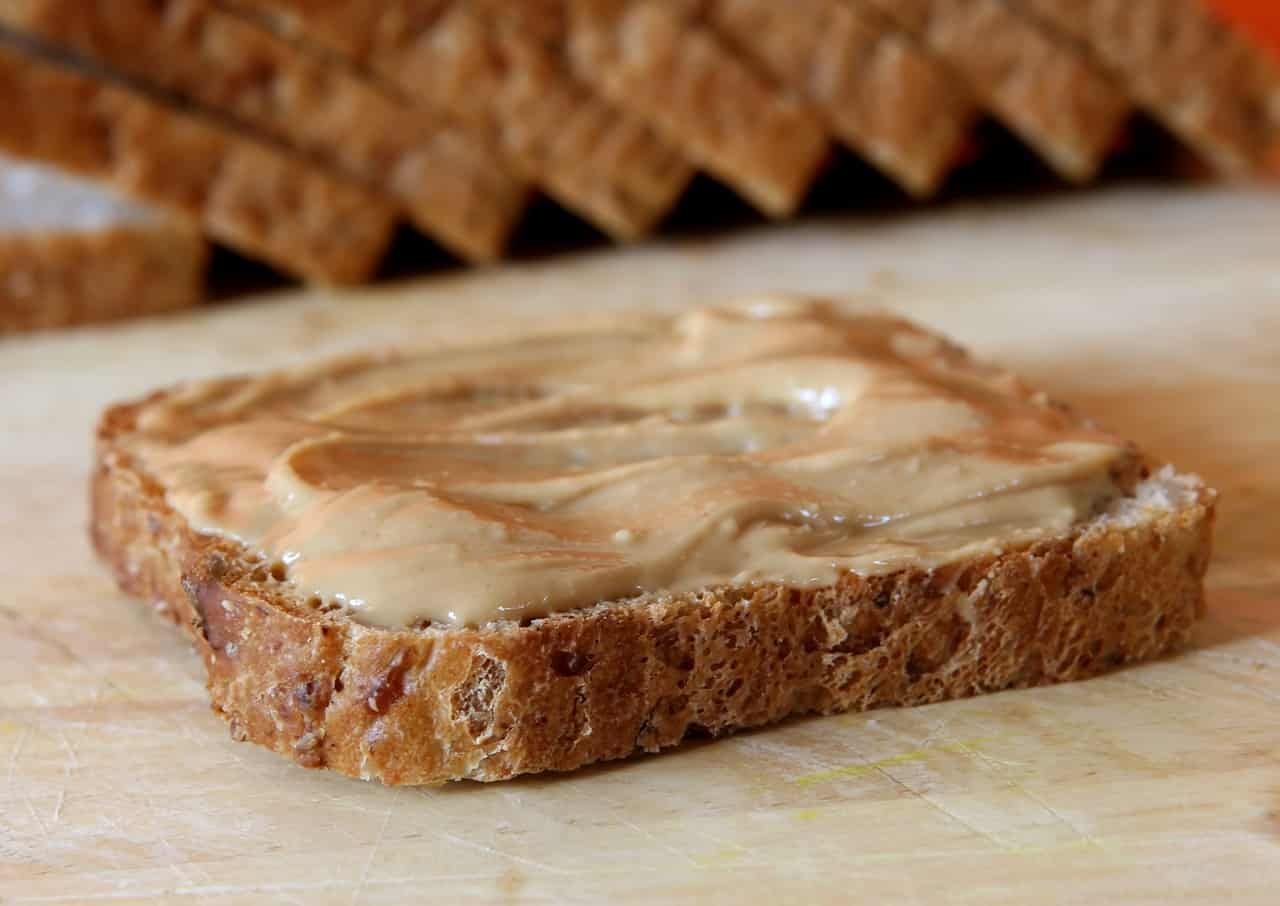
Peanut butter, which is made from nuts, is also rich in healthy fats, proteins, and fibers. Eating this can help a person feel full for a longer period. It is also available in small pouches, making it a perfect addition to a bug out food pack.
Seeds
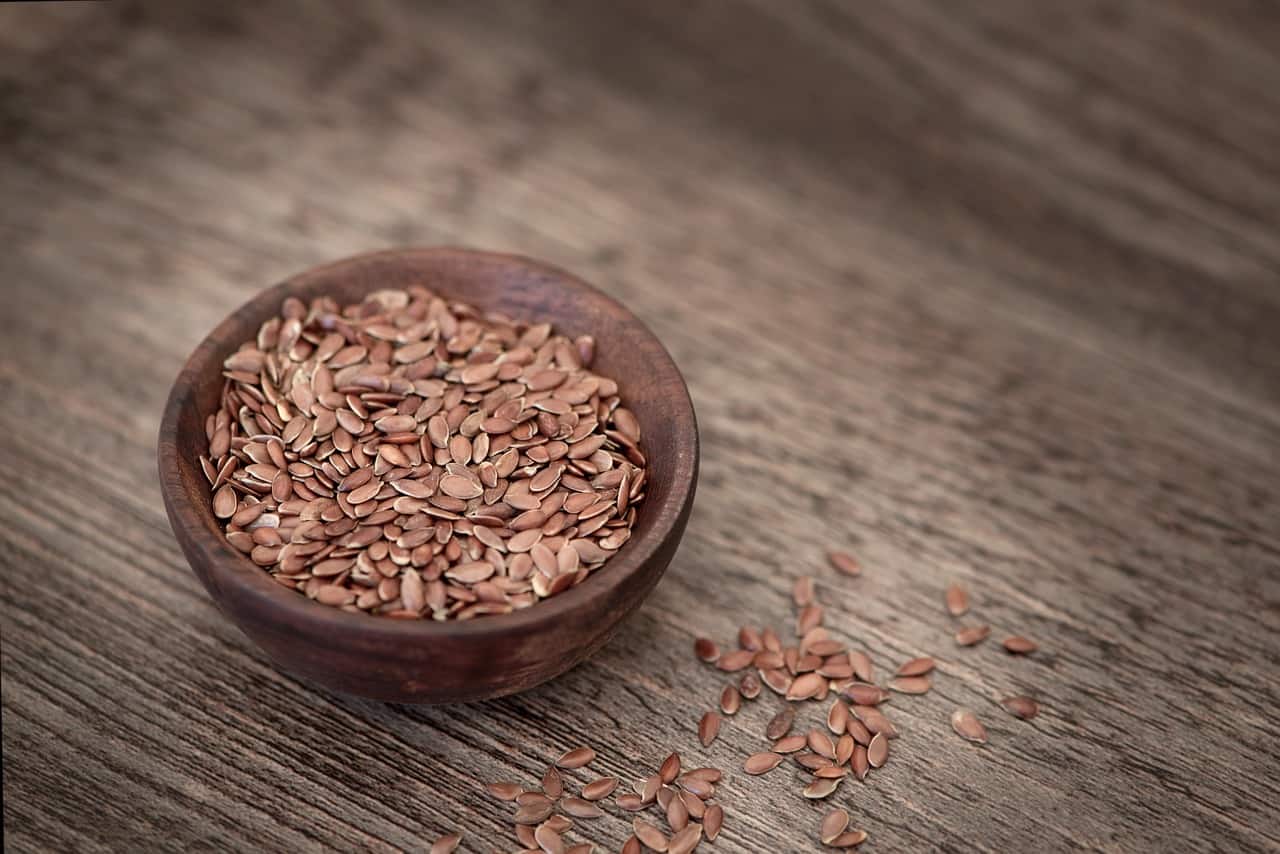
Similar to nuts, seeds are rich in healthy fats, proteins, fibers, and minerals that promote energy production and helps in the regulation of appetite.
Dried Fruits
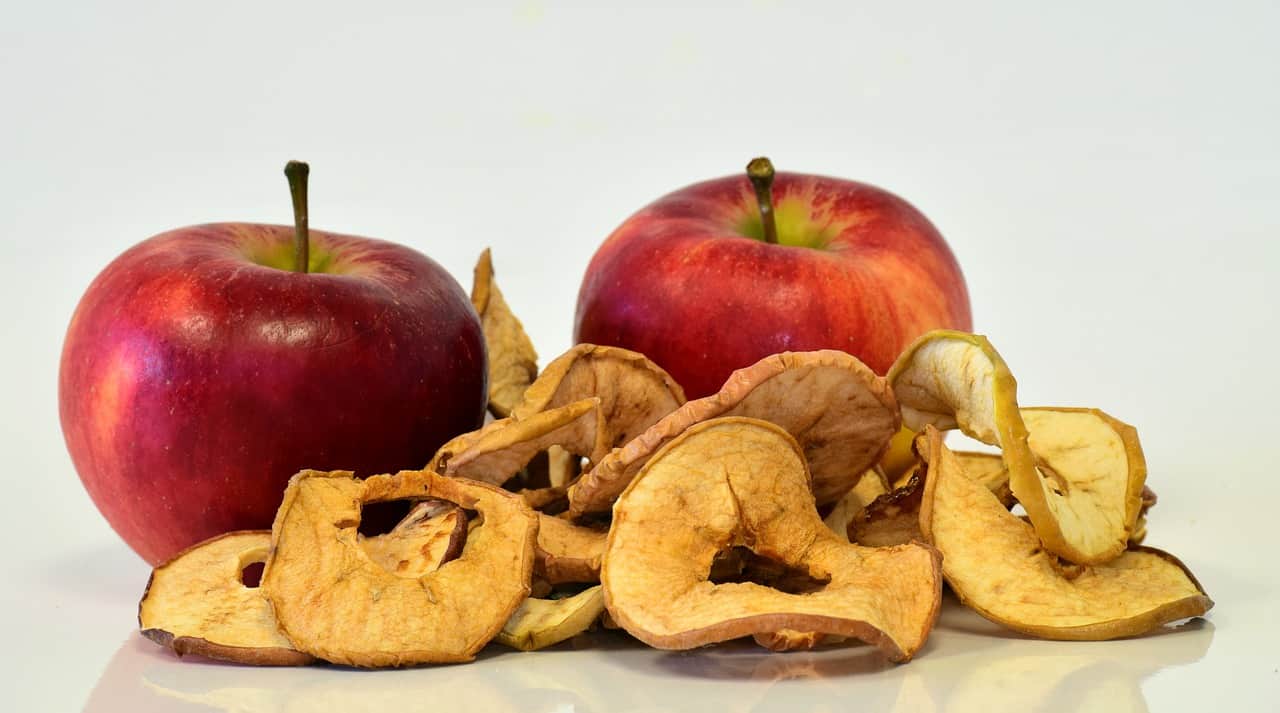
These are high in calories, rich in fiber, vitamins, and minerals. They contain similar nutritional benefits as that of fresh fruits but are dried and preserved to extend their shelf life. These can be mixed with nuts and seeds for a hearty and handy trail snack.
Dehydrated and Freeze-Dried Foods

These are convenient meal options that are perfect to include in a bug out bag. They are a good source of calories and are very nourishing. They are available in pouches, are lightweight, and can be prepared easily with a little amount of water. As these meals have been preserved by removing most of the moisture content, they can last for years without you having to worry about spoilage.
Meal Replacement Bars
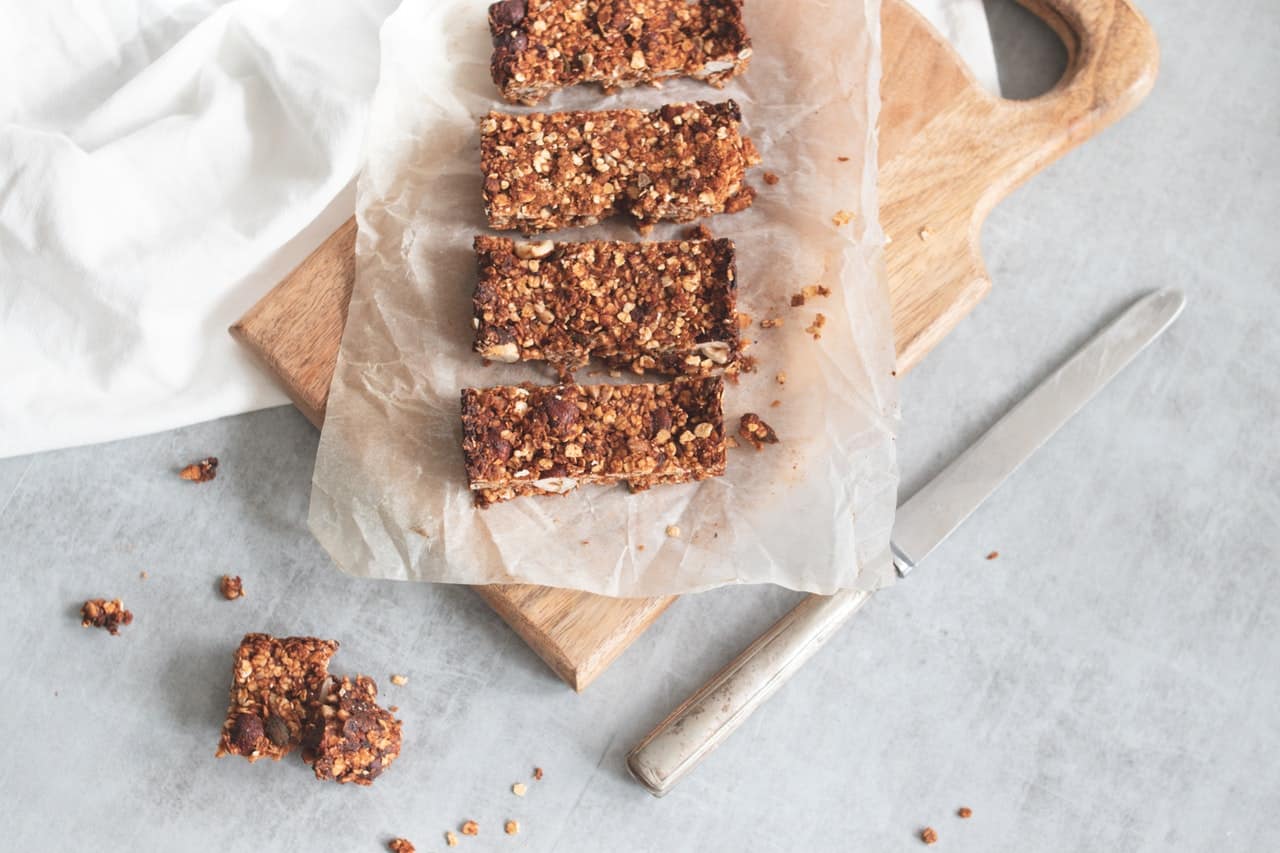
These bars are a good source of energy and are loaded with carbohydrates, protein, fats, and fibers. They are designed to be a ready-to-eat alternative to a full and balanced meal. They are compact and lightweight, thus a great addition to a bug out bag’s food supply.
Meal Ready to Eat (MRE)
One MRE is a complete meal consisting of a main dish, other food variants, beverage mixes, and accessories. These food packs are high in calories and contain a balanced diet of fats, proteins, and carbohydrates. MREs can be stored for longer periods, having a shelf life of three years. The packaging is designed to hold out against harsh conditions. As these food packs are complete, portable, and long-lasting, they are great additions to your bug out bag.
Chocolate and Candy

These are also energy-dense foods, containing high calories for their small size. As these are high in sugar content consuming them can give the body a quick jolt of energy. Moreover, they are mood enhancers that can help alleviate stresses during emergencies.
Water
Water is vital for the body to function at an optimum level. Keeping oneself hydrated should be of primary concern especially during emergencies requiring intense physical activities.
The Federal Emergency Management Agency (FEMA) recommends a minimum daily intake of half a gallon of water for normally active adults. It is thus important to include at least 1.5 gallons of water in your bug out bag to last you 72 hours.
Mineral water and vitamin water, enriched with vitamins and minerals, are options you can bring for hydration. Plus, they contain added calories.
Sports Drink
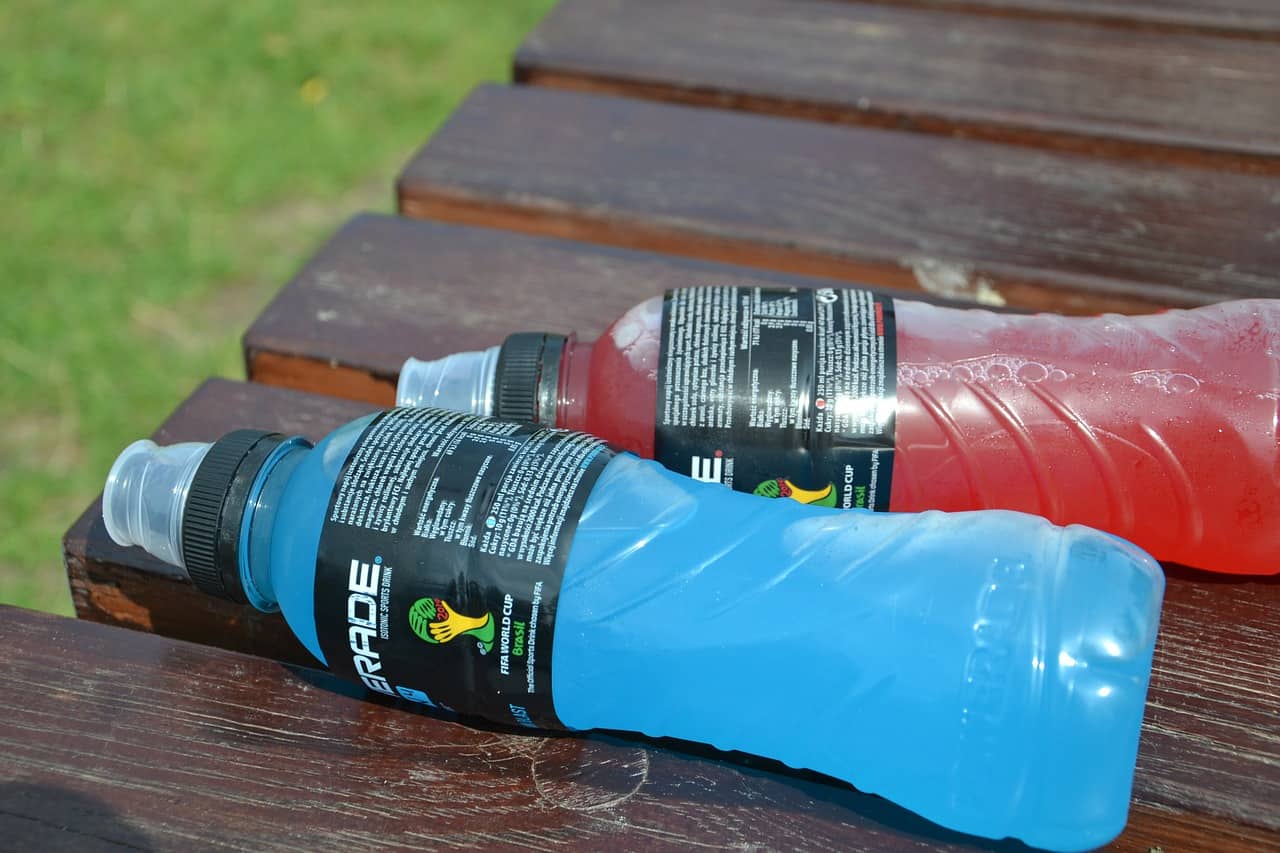
Sports drinks contain electrolytes and carbohydrates. Drinking them can effectively hydrate and replenish electrolytes lost during prolonged, strenuous physical activities. Therefore, these are considered essential items to pack in a bug out bag.
Multivitamins

A pack of multivitamins is important to include in a survival kit. In situations where a person’s food intake is limited, the body needs to get enough vitamins and minerals from supplements to function at an optimum level. Multivitamins will be useful when having to evacuate or bug out for an extended period of time.
How Much Food to Pack?
It is recommended that adequate food supply should be stocked in an emergency kit or a bug out bag to be self-sufficient for at least 72 hours.
Food Rotation

Regularly examine all items in an emergency kit to ensure that they are still intact. Rotation of the food supply and inspection of the expiration dates should be done to keep them all fresh and to avoid spoilage.
Final Thoughts
Preparing a survival kit involves careful planning of the emergency food supplies to be taken along. The goal is to balance the convenience and portability of the bug out bag with that of the nutritional and energy requirements one needs to sustain himself in his journey.

